What Fossils Will Modern-day Civilization Leave Behind?
Science chats with two experts about what future paleontologists-or perhaps even visiting aliens-might find.
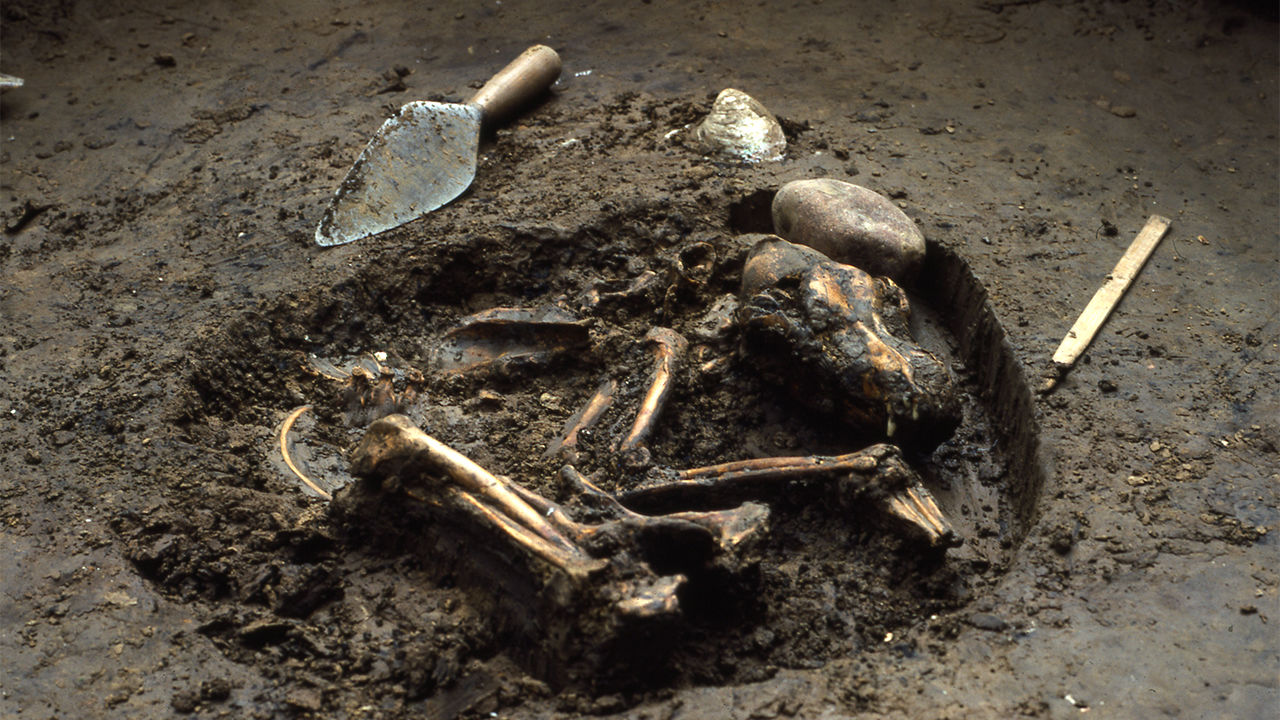
Send us a link
Science chats with two experts about what future paleontologists-or perhaps even visiting aliens-might find.

Calculating the patterns and cycles of the past could lead us to a better understanding of history. Could it also help us prevent a looming crisis?

In this interview, Aileen Fyfe, professor of modern history at the University of St. Andrews, shares an abridged history of journal publishing at scholarly societies and her thoughts on how scholarly publishing's past can influence its present.
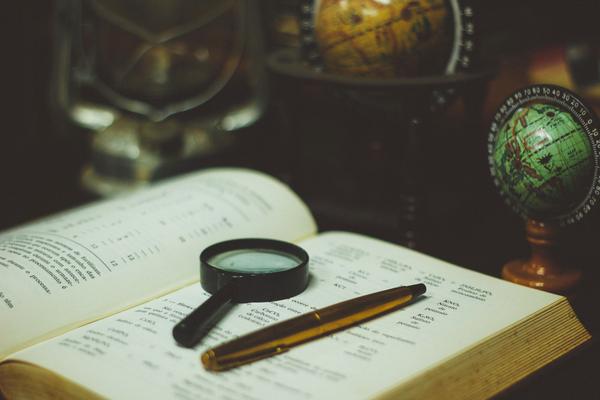
With an analysis of DNA from nearly 300 fossilized remains, scientists are peering into human prehistory in the region.
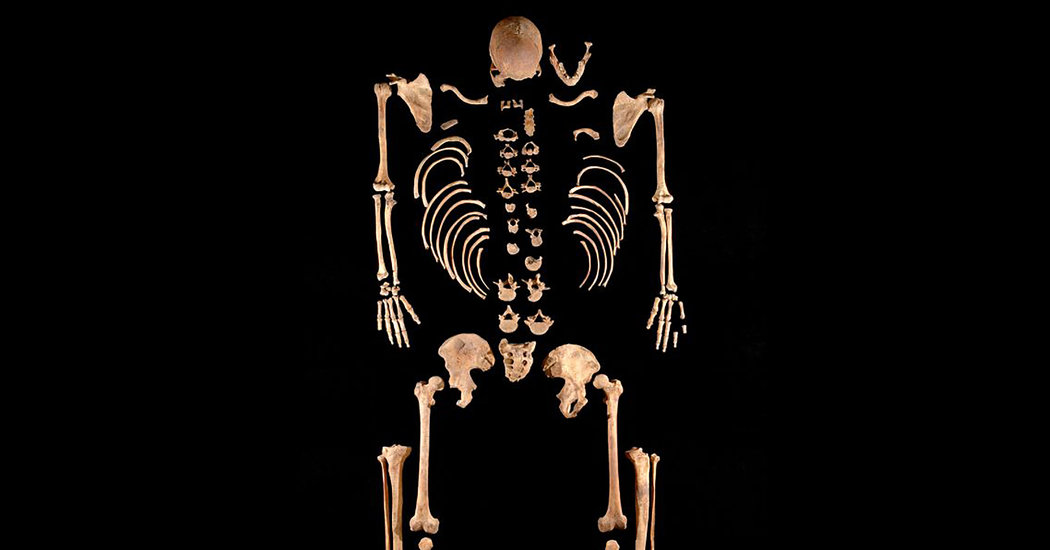
This really gives a new meaning to the "paper of record."
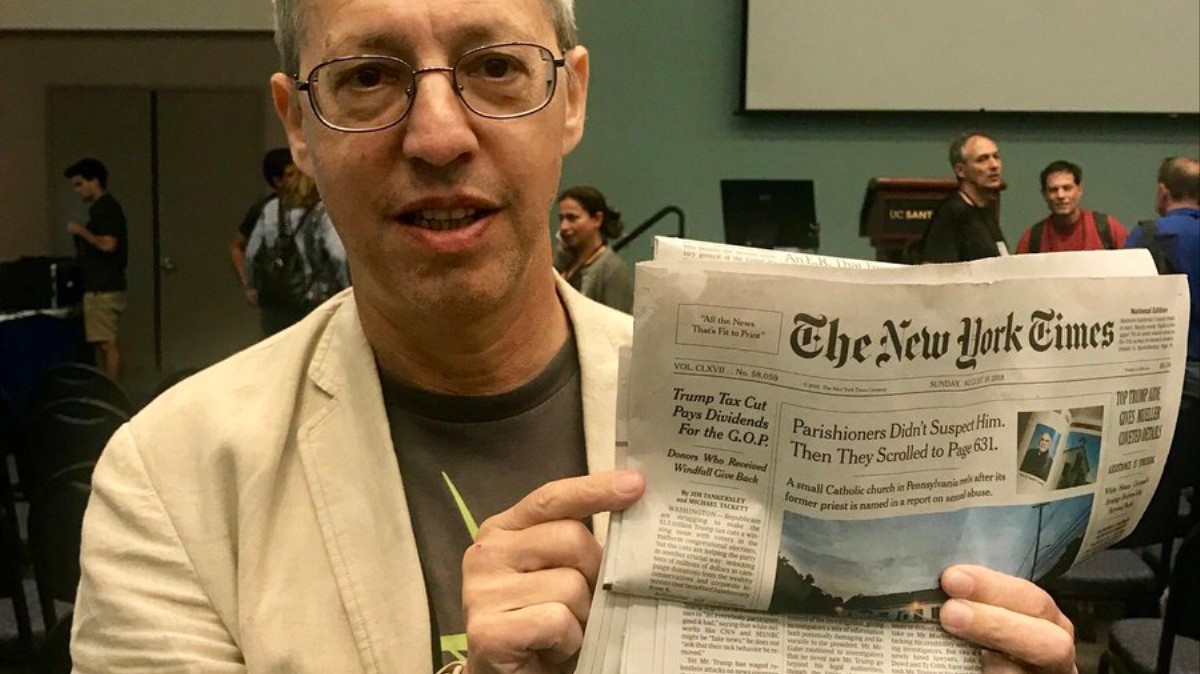
Just like judges and politicians, researchers may overstate their confidence in a claim. To truly assess their confidence, something needs to be on the line.
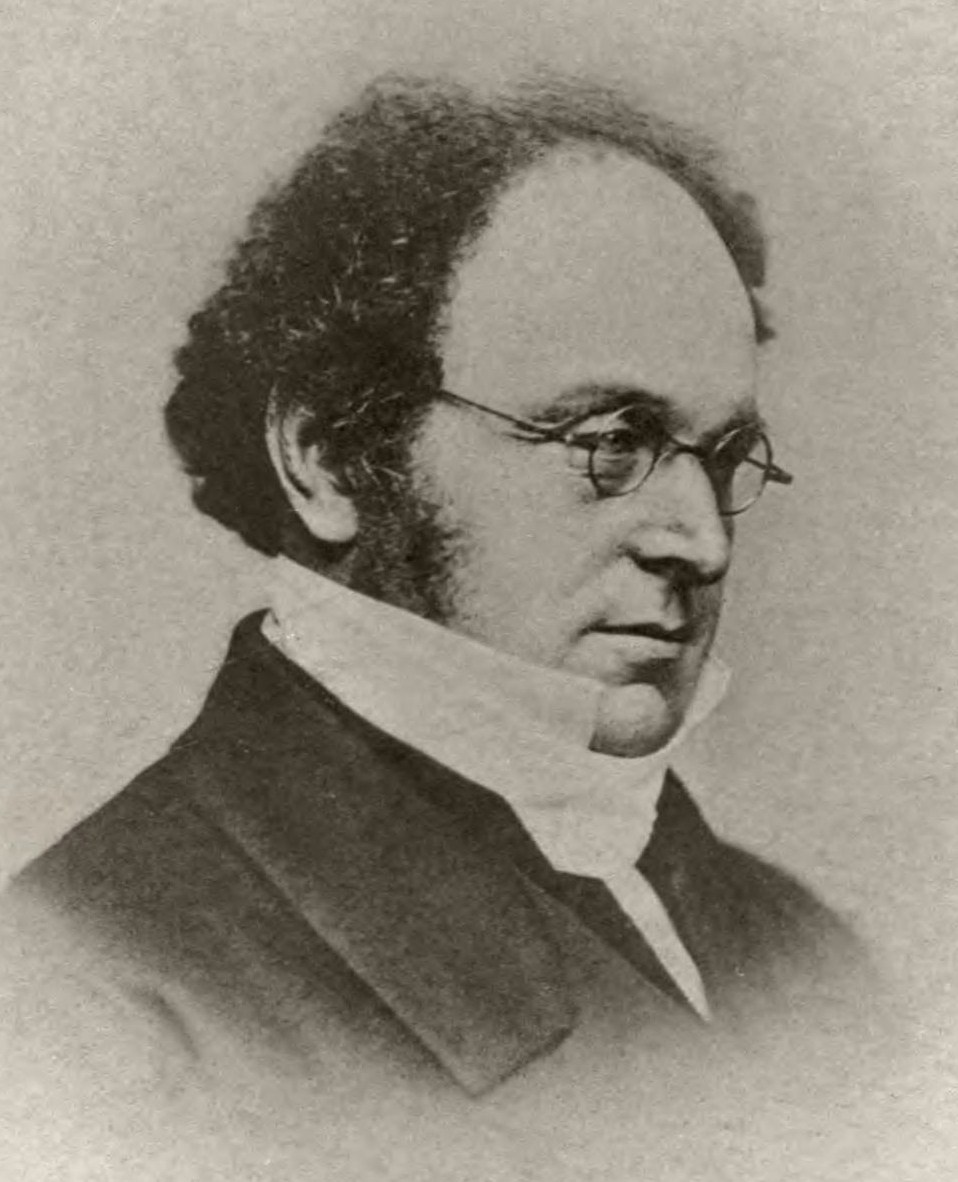
Where would we be without our glassware? Tabitha Watson looks through the history and current state of chemistry's favourite amorphous solid.
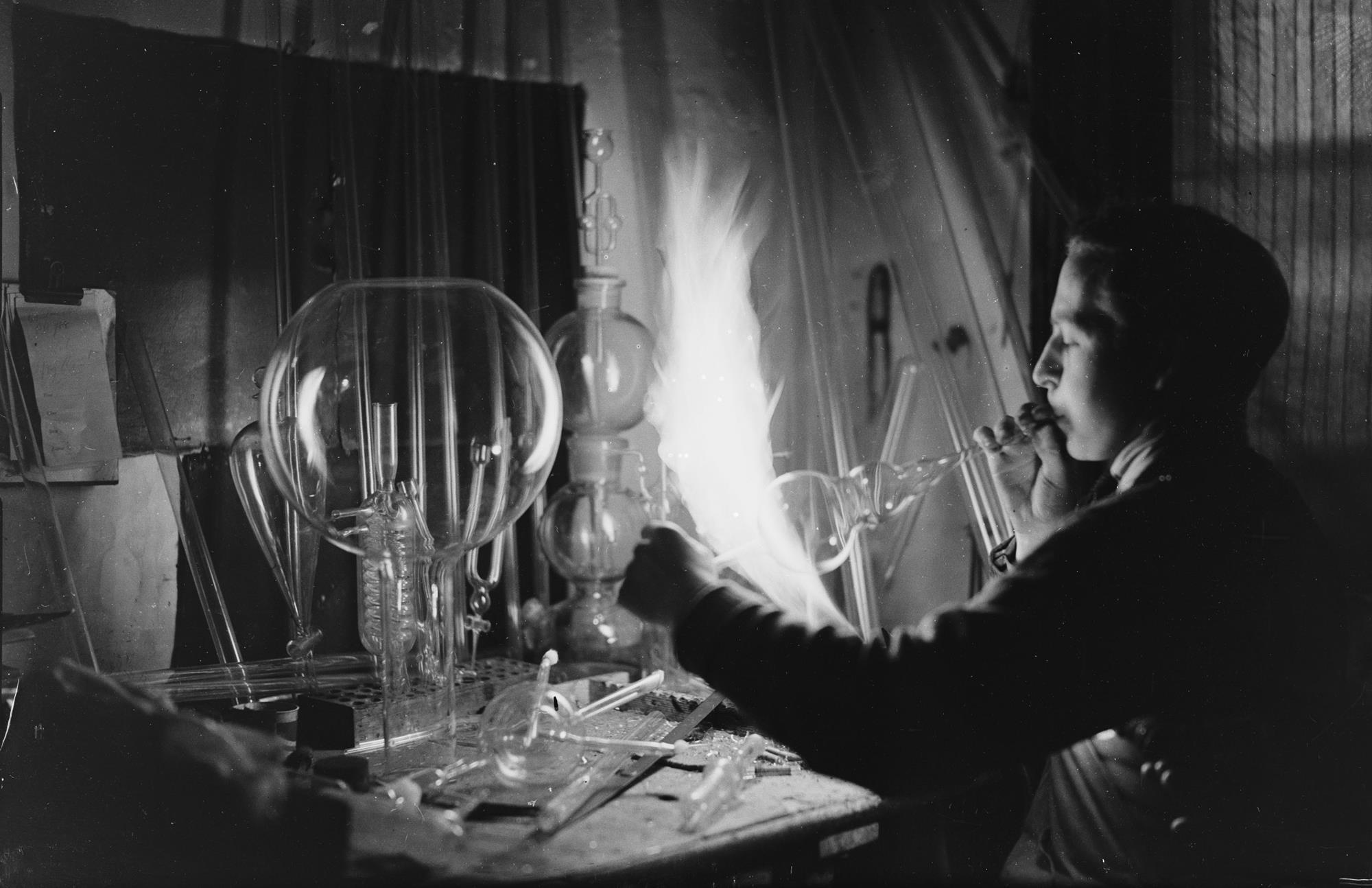
In the 1990s, the Internet offered a horizon from which to imagine what society could become, promising autonomy and self-organization next to redistribution of wealth and collectivized means of production. While the former was in line with the dominant ideology of freedom, the latter ran contrary to the expanding enclosures in capitalist globalization.
In 1942, the US Book Republication Program permitted American publishers to reprint "exact reproductions" of Germany's scientific texts without payment; seventy-five years later, the fate of this scientific knowledge forms the basis of a "natural experiment" analysed by Barbara Biasi and Petra Moser.
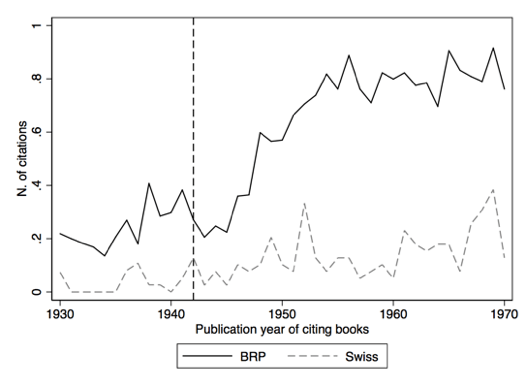
The Amani Hill Research Station in Tanzania was once one of East Africa’s leading laboratories – now it is a shadow of its past glory.

A unique WWII-era programme in the US, allowed US publishers to reprint exact copies of German-owned science books, to explore how copyrights affect follow-on science. This artificial removal of copyright barriers led to a 25% decline in prices and a 67% increase in citations.
The Manhattan Project, the program that developed the first nuclear weapons during World War II, worked out of three purpose-built cities in Tennessee, New Mexico, and Washington state. A new exhibition considers their design and legacy.

Discover enlightening reports about some of the most famous scientific papers, or read famous scientists considering the work of their peers.
Thirty years ago, MSU researcher Richard Lenski added his now-famous bacteria to 12 inaugural flasks, a process he and his team of lab technicians and students have been repeating daily ever since.
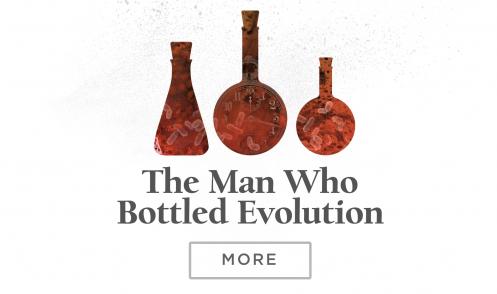
In 1967, Norwegian women were finally allowed to decide for themselves when to get pregnant. The contraceptive pill has had enormous significance for women’s emancipation, but researchers doubt whether it would have been approved today.

She was a physicist, too—and there is evidence that she contributed significantly to his groundbreaking science.

Why Google is celebrating the pioneer of medical and feminist history.

For most of history, the easiest way to block the spread of an idea was to keep it from being mechanically disseminated. In today’s networked environment, it would seem that censorship ought to be impossible. This should be the golden age of free speech.